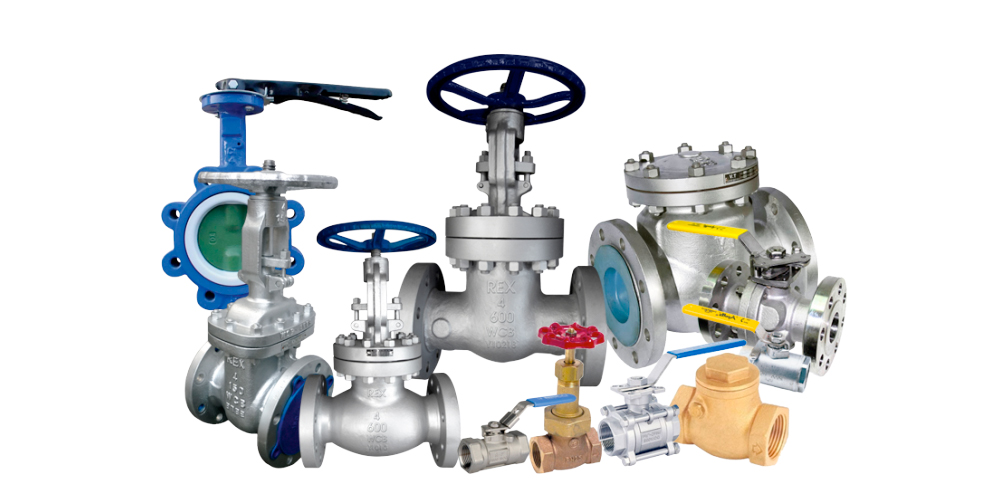Marine actuators and valves play a vital role in ensuring smooth operations across marine applications including ships, offshore vessels, rigs etc. These critical components are an integral part of various onboard systems that handle fluid transfer, isolation, control mechanical motion and enable key operations. With growing focus on efficiency and performance optimization across the marine sector, demand for advanced marine actuators and valves has been on the rise. Here we discuss key aspects of marine actuators and valves and how they are enabling greater efficiency and productivity in marine applications.
Types of Marine Actuators
There are several different types of actuators that are commonly used on ships and other Marine Actuators and Valves vessels to operate hatches, doors and other moving components. One of the most widely used is hydraulic actuators. These use pressurized hydraulic fluid to generate linear or rotary movement. Hydraulic actuators are very powerful relative to their size, making them well-suited for heavy marine applications that require lifting or moving heavy equipment. Another popular type is pneumatic actuators, which operate using compressed air or gas instead of hydraulic fluid. Pneumatic actuators tend to be less powerful than hydraulic ones but are simpler, lighter, and do not present the same risk of leaks or fluid contamination. Electric actuators are also commonly found on ships since they are compact and easy to control remotely via electrical signals. However, they generally cannot generate as much output force as hydraulic or pneumatic actuators. Newer ship designs are starting to incorporate electric linear actuators and electric rotary actuators more widely as electric propulsion technologies advance.
Ballast and Bilge Valves
Ballast and bilge valves play a critical role in ship stability and safety. Ballast valves control the flow of ballast water into and out of the ballast tanks. They are actuated to carefully manage the ship’s trim, list, and Draft as cargo is loaded and unloaded or weather conditions change. bilge valves control the drainage of unwanted water that accumulates in the lowest parts of the ship, such as the engine room or cargo holds. They keep potentially hazardous water levels under control to prevent uncontrolled flooding. Marine actuators are needed to reliably open and close these large valves even in challenging marine environments with vibration, temperature fluctuations, and exposure to seawater.
Cargo Hold and Tank Access
Actuators are also essential for providing access to cargo holds and tanks. Heavy hatch covers that can weigh several tons must be reliably opened and closed. Marine actuators endure tough conditions like exposure to weather, corrosive cargo and ballast residues, and constant movement from waves and cargo operations. They must withstand the structural and operational stresses without failing in order to maintain cargo containment and preservation. Access to fuel, freshwater, and sewage tanks is similarly controlled by actuated valves and hatches. Proper functioning of these marine actuators helps ensure safe and efficient loading, offloading, and fluid transfer operations onboard.
Propulsion Systems
The actuation of valves within marine propulsion systems from the engines to the propellers is crucial for performance and safety. Actuators open and close valves controlling the flow of fuel, lubricating oil, cooling water,compressed air, and exhaust gases. Any malfunctions could cause complete engine failure or even dangerous leaks. Thruster system valves are also actuated to precisely direct water jets for maneuvering. Retractable azimuth thrusters require reliable actuation to extend and rotate into position. Actuators must withstand vibration from the power systems in all conditions. They need to provide extremely durable and responsive control, even after years of continuous operation at sea.
Ballast Water Treatment Systems
Modern ballast water treatment systems help prevent the spread of aquatic invasive species between ballasting locations. They work by filtering, sterilizing, or chemically treating ballast water taken onboard ships. Actuated valves control the flow of ballast water into and out of these treatment systems. The valves must function properly through thousands of closings and openings over the ship’s service life without degradation. They experience high cycle fatigue from continuous actuation for system circulation as well as occasional maximum pressure conditions during discharge. Actuator selection and design is critical to ensure treatment systems perform as intended to protect marine ecosystems around the world.
Condition Monitoring
To ensure marine actuators and valves are functioning optimally for safety and efficiency, condition monitoring is important. Actuator health issues left undetected could lead to unexpected failure with serious consequences. Vibration sensors may be installed to continuously analyze actuator and valve vibration signatures for signs of worn components or degrading performance. Lubricant analysis provides insight into internal wear metal concentrations over time. Actuator cycling logs track cycle counts versus manufacturer specifications to anticipate needed maintenance or repair. Analyzing such condition data helps schedule proactive maintenance and avoid more costly reactive repairs from total failures at sea. This maximizes uptime of critical marine systems dependent on reliable valve actuation.
Marine Actuator and Valve Selection
When selecting actuators and valves for marine applications, there are important factors to consider beyond basic technical specifications. Environmental exposure and lifetime operational stresses necessitate highly corrosion-resistant designs, premium seals and gaskets, rugged housings, coatings and surface treatments. All components must have long design lives measured in decades rather than years due to accessibility challenges at sea. Ease of maintenance is important given limited repair facilities onboard. Actuator diagnostics, monitoring, and control interfaces require a focus on reliability to reduce total cost of ownership. Proven marine qualification and classification approvals are valuable to avoid hazardous failures. With so many critical ship systems dependent upon actuation, choosing high quality marine actuators adapted for arduous offshore conditions is paramount for safety, efficiency and long service life.
*Note:
1. Source: Coherent Market Insights, Public sources, Desk research
2. We have leveraged AI tools to mine information and compile it




